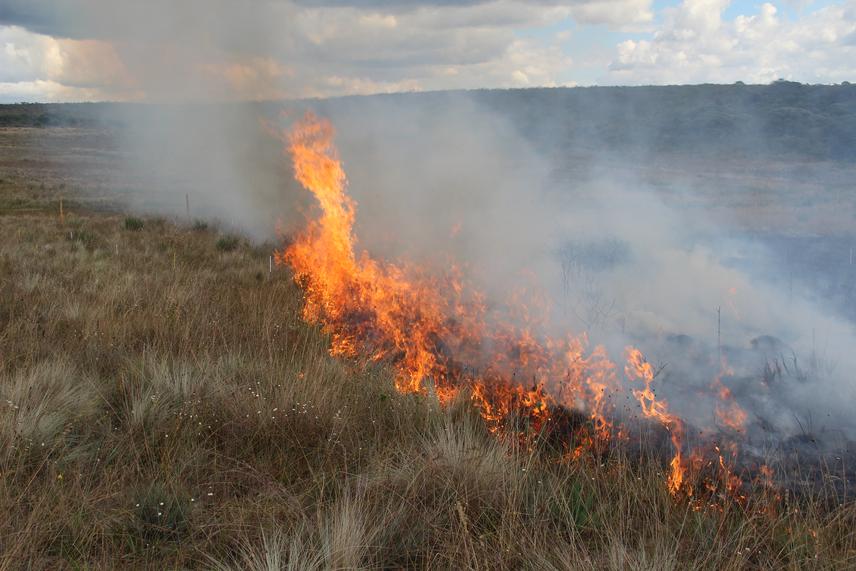Gudryan Jackson Barônio
Other projects
28 Jul 2022
Plant Reproduction on Different Fire Regimes: How it is Maintained by Different Ecosystem Services?
The wildfire and the fire management by human traditional communities can promote changes in several features related to the interactions between these plants and their pollinators in the communities. The occurrence of fire affects distinctly the insect-plant interactions, in addition to plants and their pollinators, such as ants and herbivores ones. Thus, it is reasonable to consider the ecological costs of maintaining plant-pollinator interactions are context-dependent under different fire management regimes. The main expectation is to determine how aspects of interactions between plants and pollinators are affected by the different fire regimes of the rupestrian field plant communities.

Fire events exhibit variability in frequency and intensity according to the characteristics of each environment. Thus, not only the occurrence of fire but its qualitative parameters have a significant influence on the structure, composition, and diversity of plant communities. Fire management activities, such as those carried out in Rupestrian areas with the Sempre Vivas National Park (PNSV), have as their main objective to promote flowering and allow the use of floral resources (Evergreen plants species) as an ecosystem service for human populations, as well as to prevent and/or control wildfires. In addition, fire management can promote changes in other aspects related to the interactions between these plants and their pollinators in the communities in which they are inserted. This is provocative information which induce us to be interested in the effects of fire management on the own explored ecosystem services. Therefore, fire management performed by traditional human communities give us an interesting and important opportunity to test how human use of natural resources affects the natural communities, especially the insect-plant ones.
The main expectation is to determine how some aspects of interactions between plants and pollinators - such as pollinator dependence and behaviour and how resources are made available - are affected by the different fire regimes of the Rupestrian field plant communities. Specifically, it is expected that the characteristics of the reproductive strategies of these plants, such as self-compatibility, self-pollination and other mechanisms of autogamy will be intensified in an environment with more frequent and / or intense fire regimes. In addition, floral variation related to corolla colour and available floral resources is expected to be lower in populations most pressured by fire events. Regarding floral visitors, whether pollinators, herbivores or ants, a higher level of temporal competition is expected in places with less availability of floral resources or with less variability of floral characteristics. These changes may include different pressures on plant populations and select different morphological characteristics, such as colours and odours, which are related to interactions with pollinators and herbivores. Thus, we hope to understand how different fire regimes affect interactions between plants, pollinators, herbivores and ants.